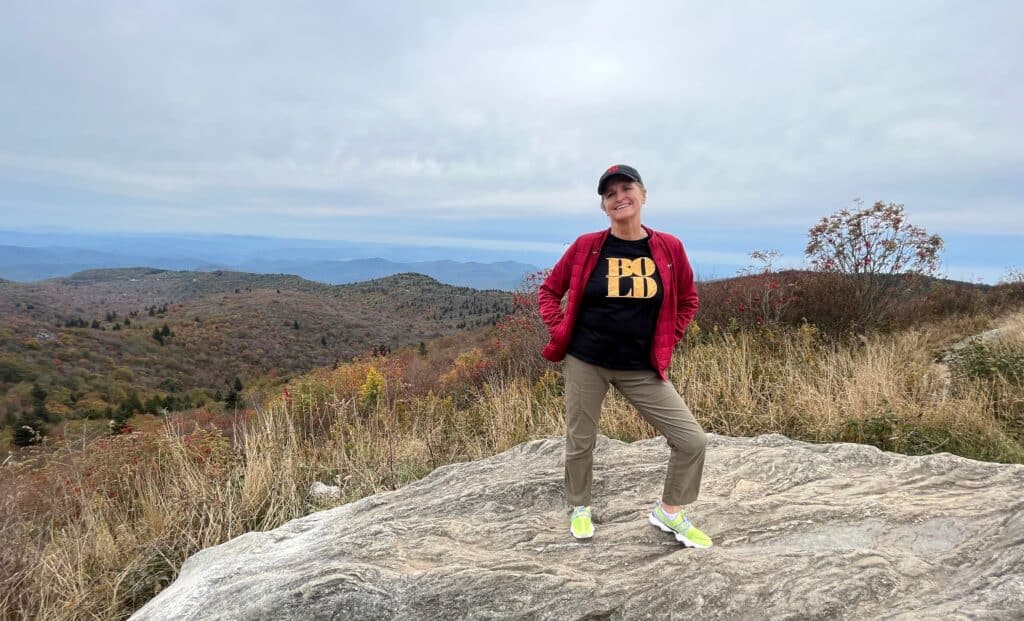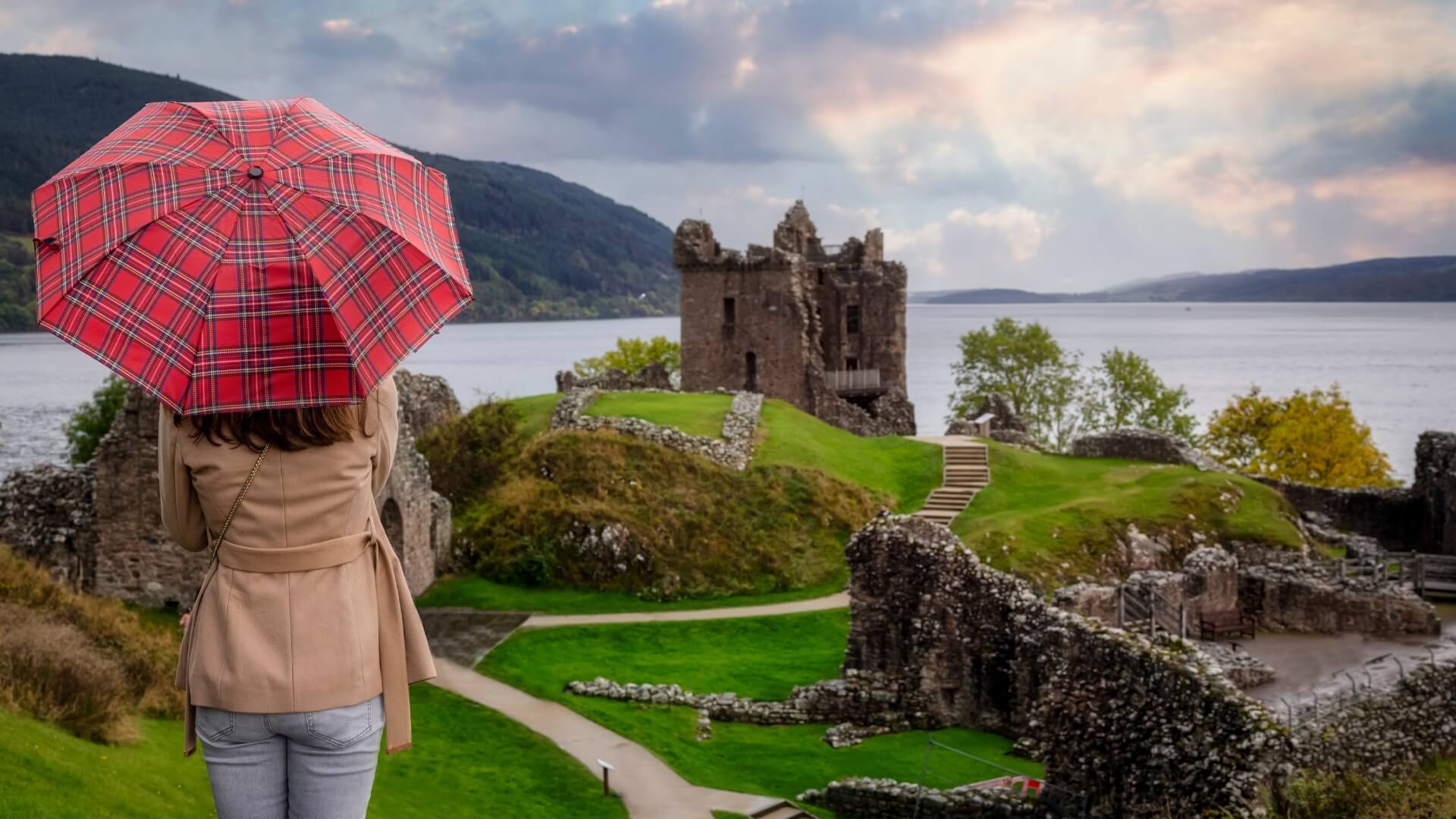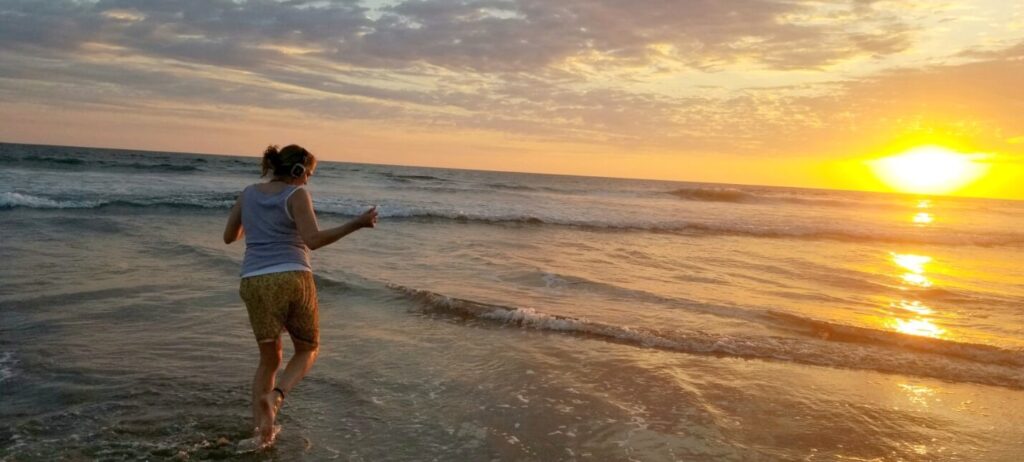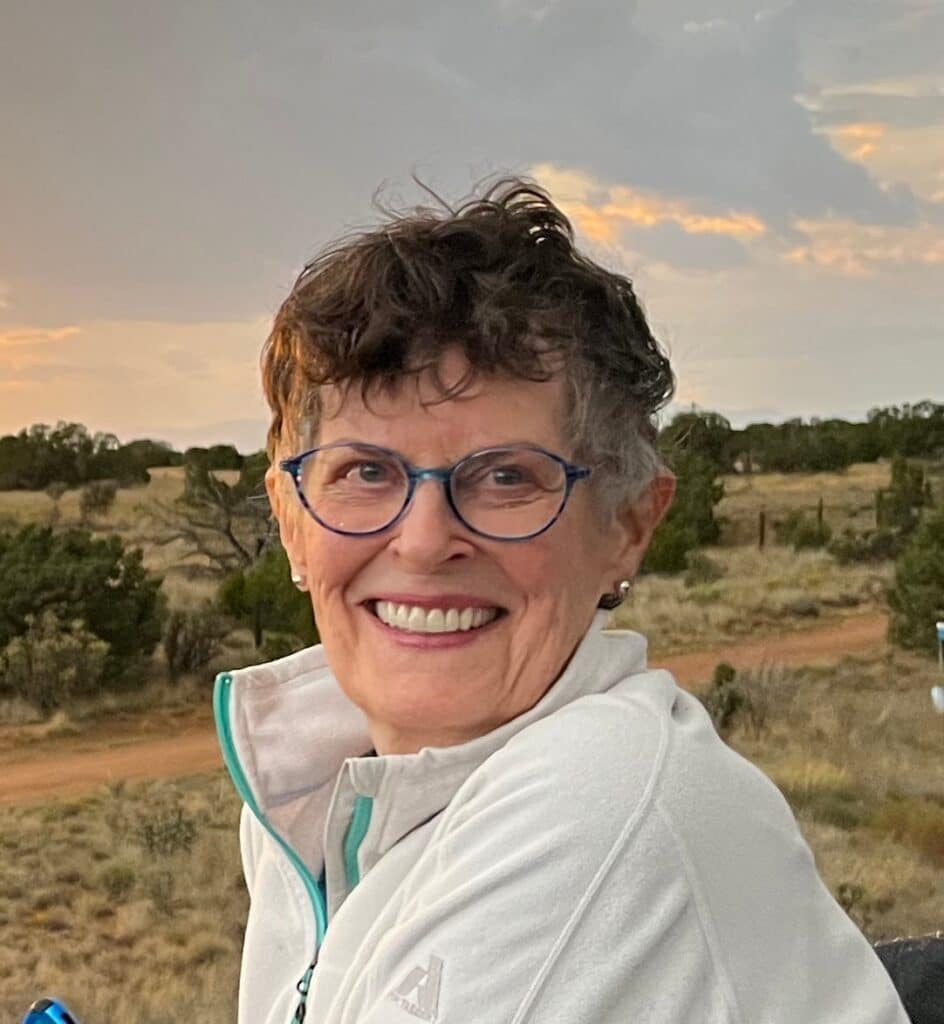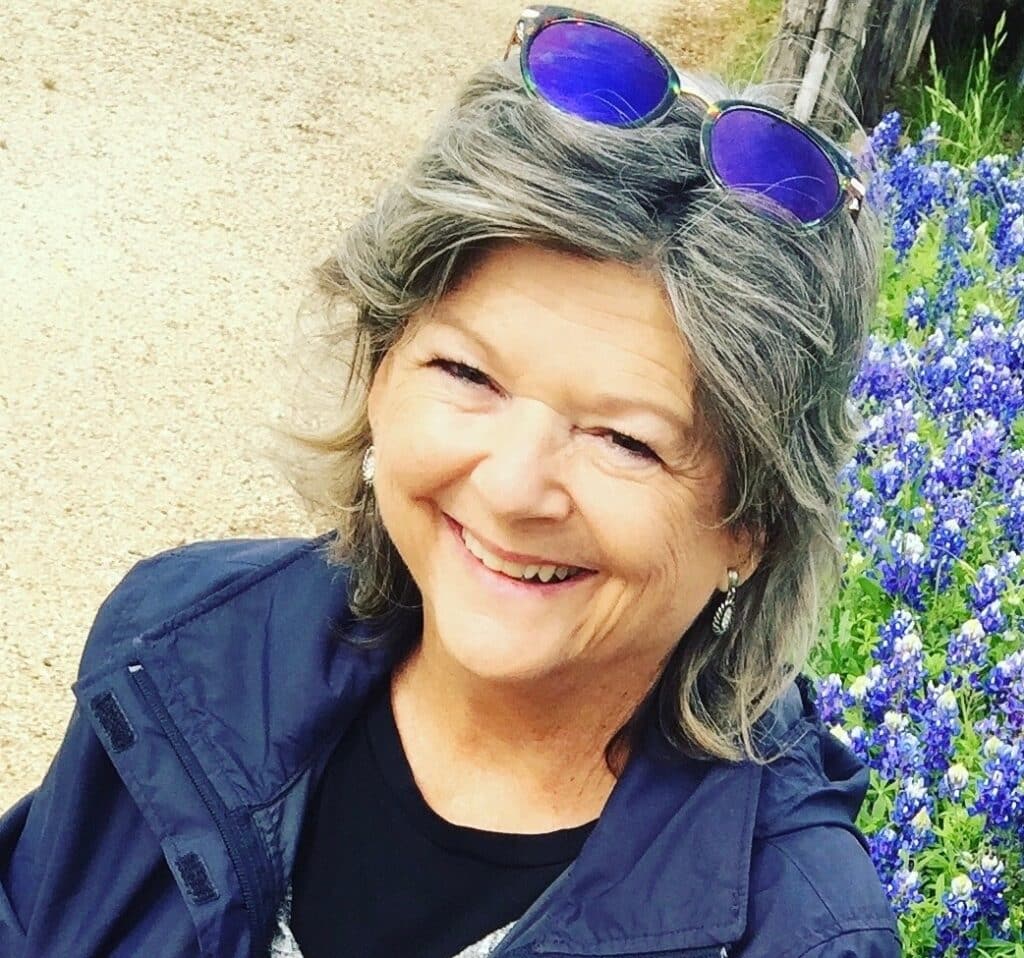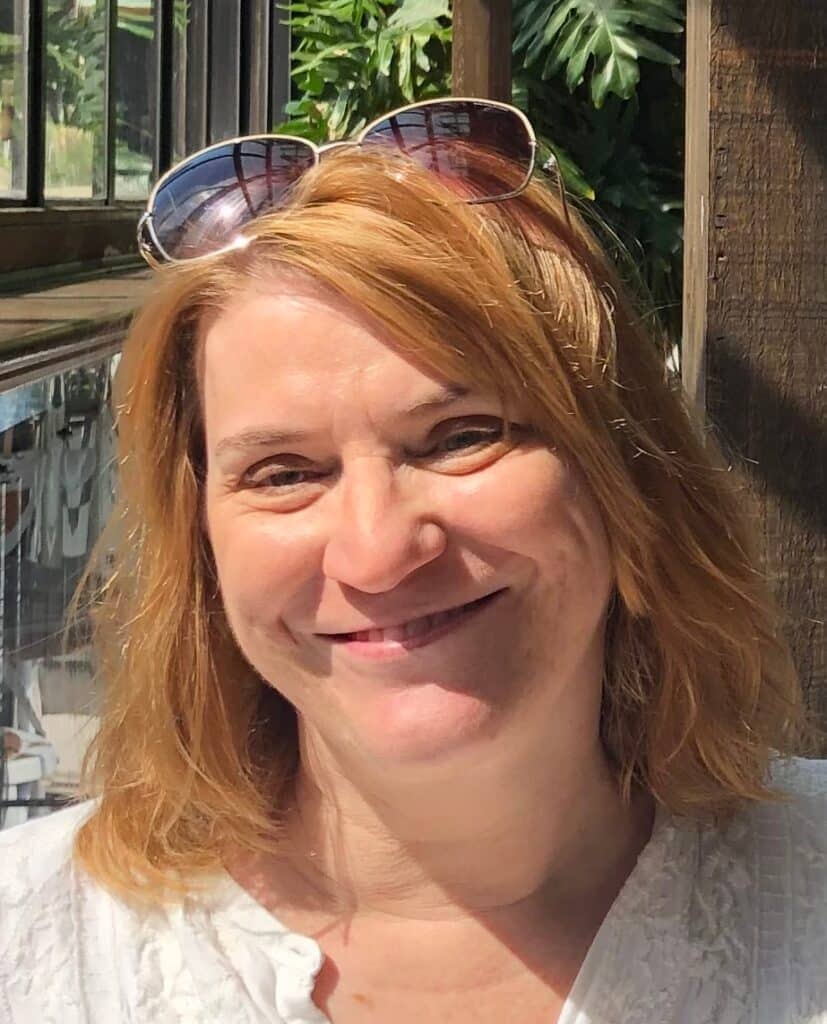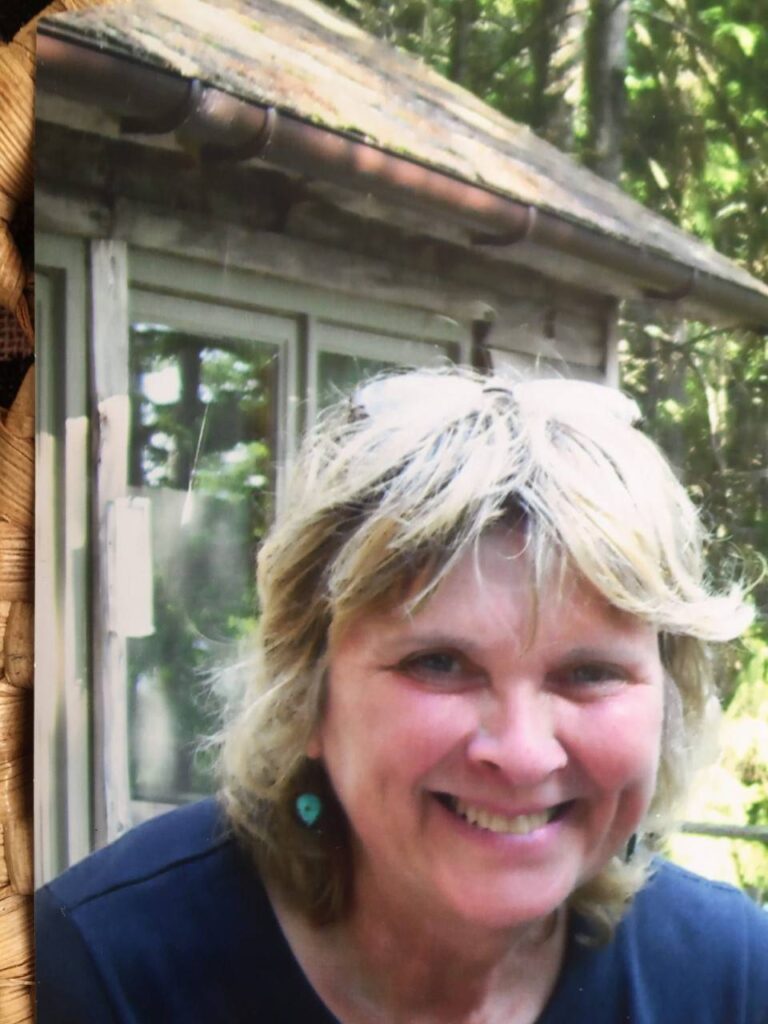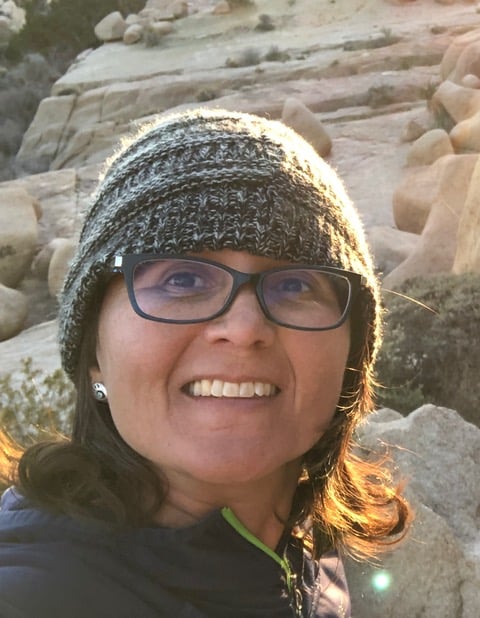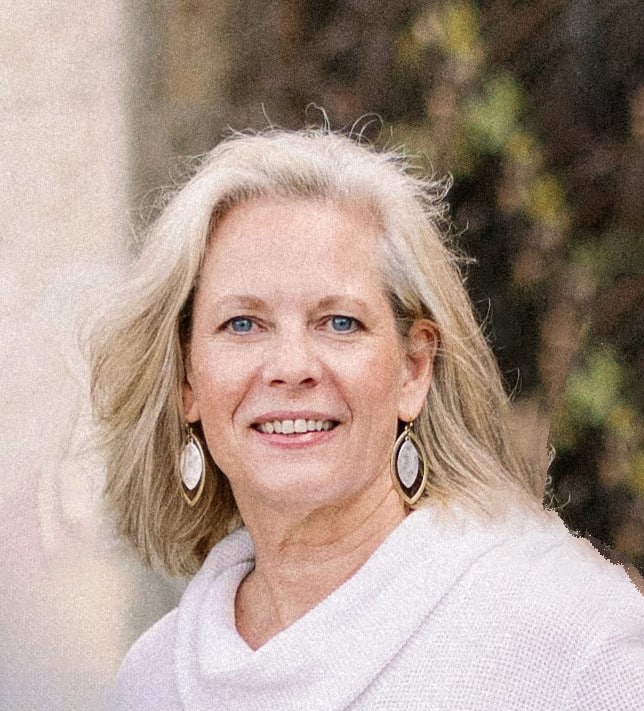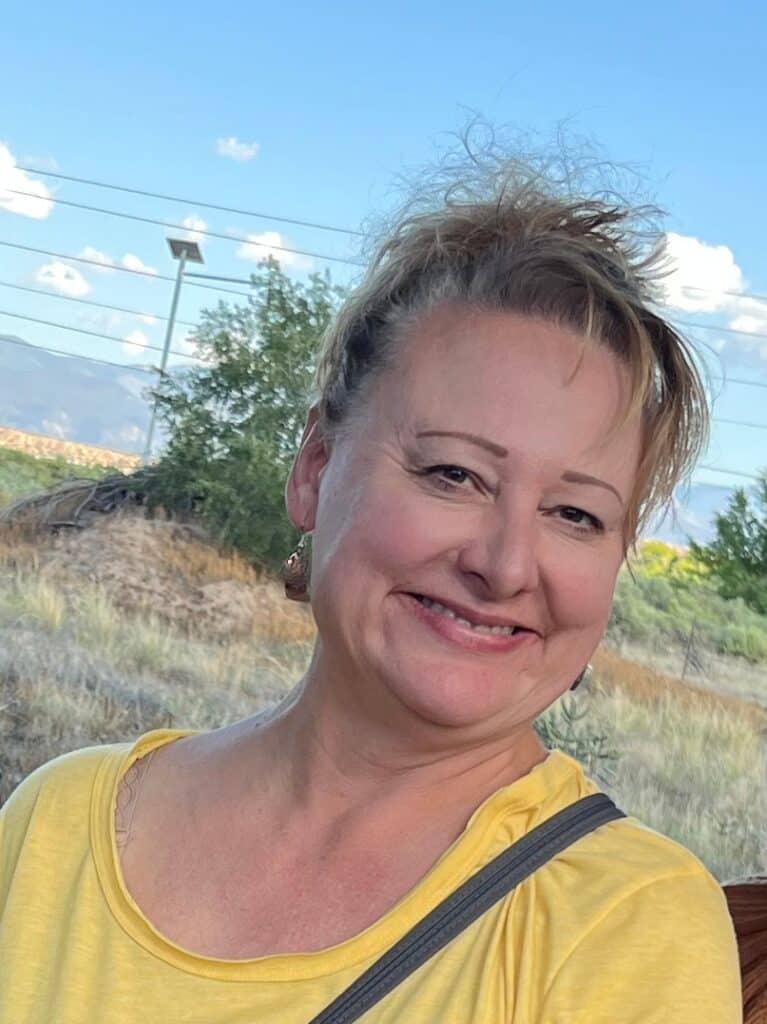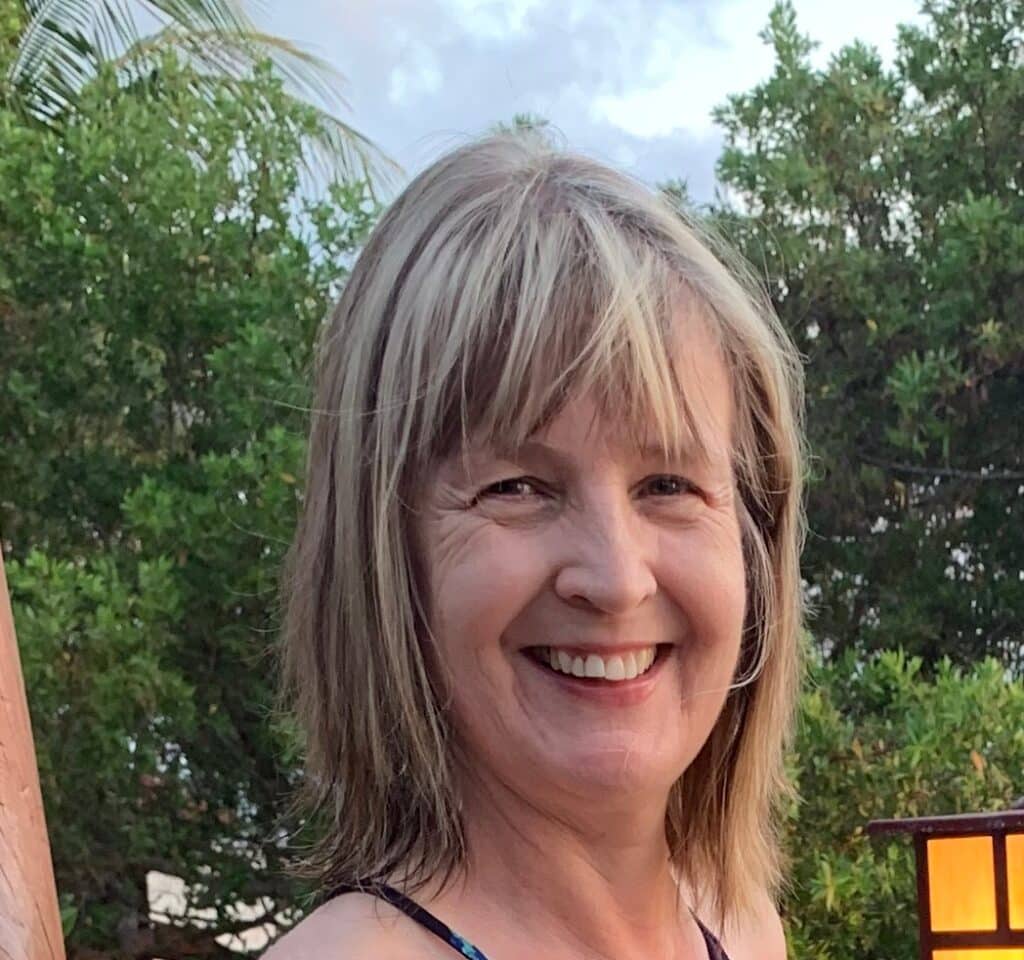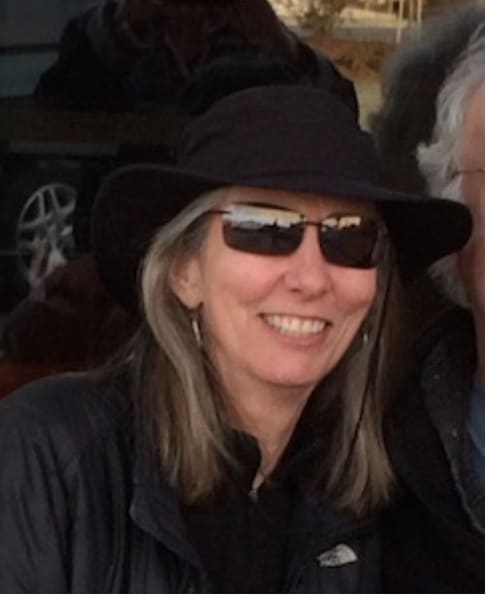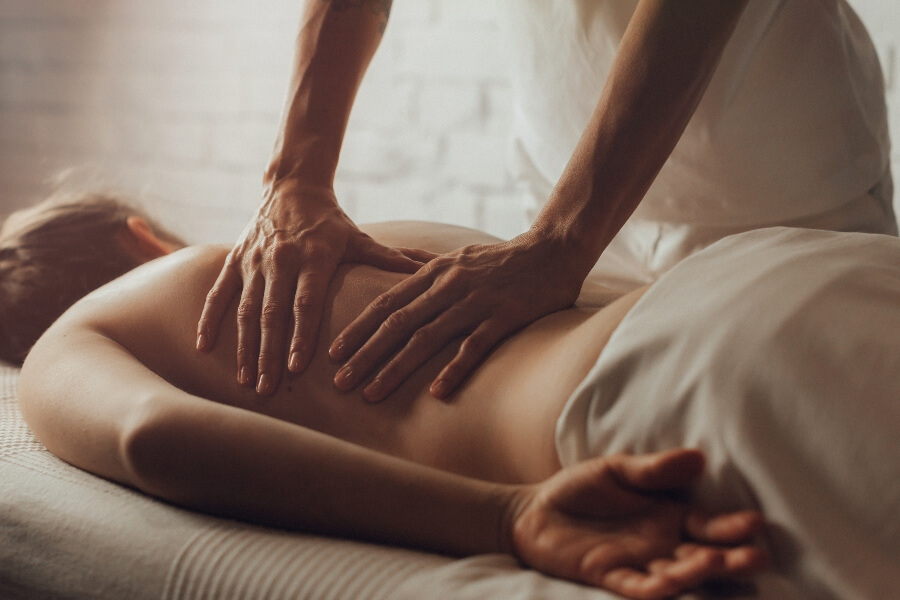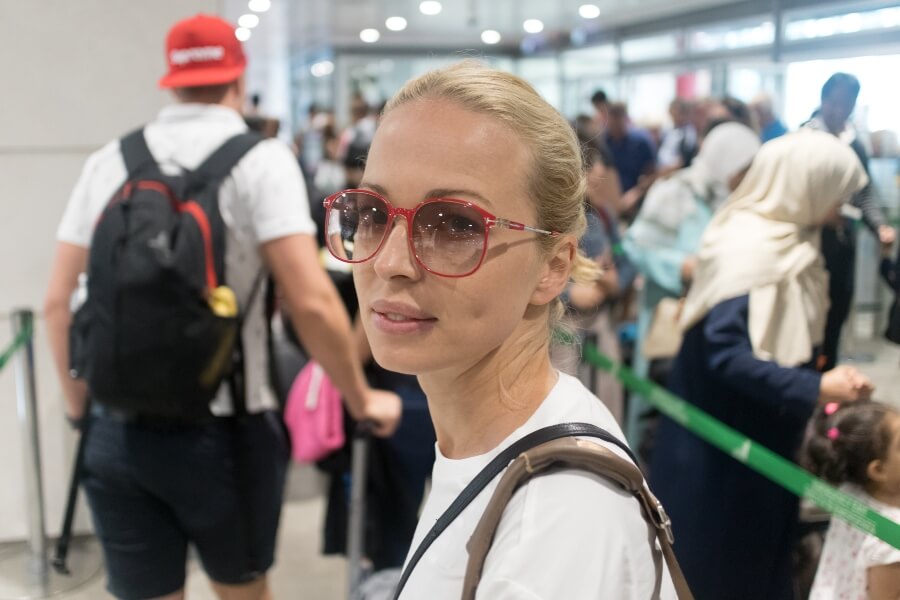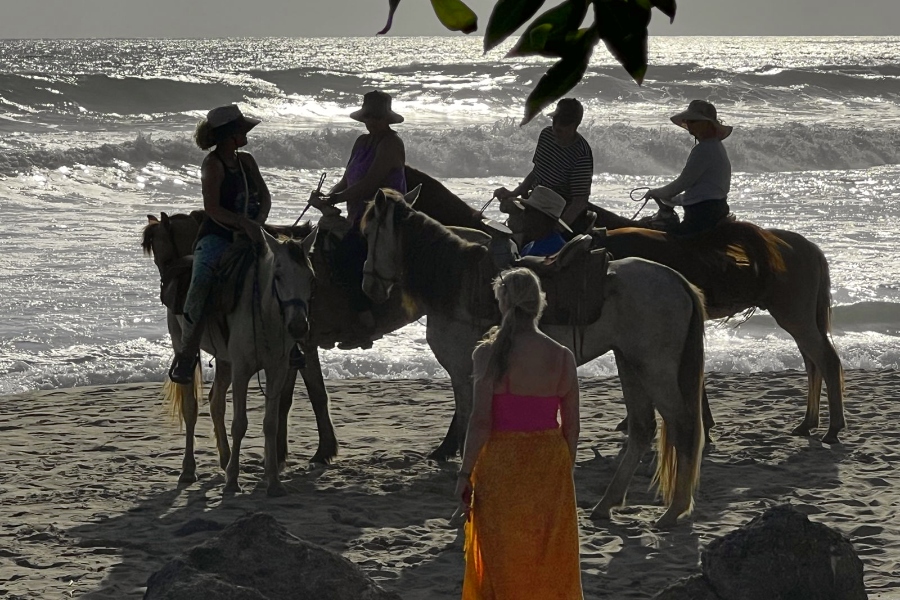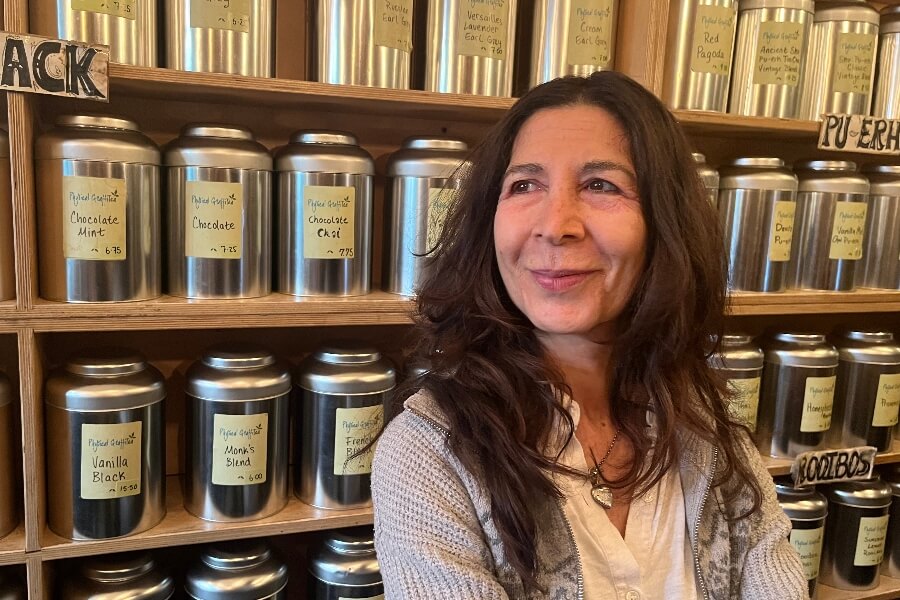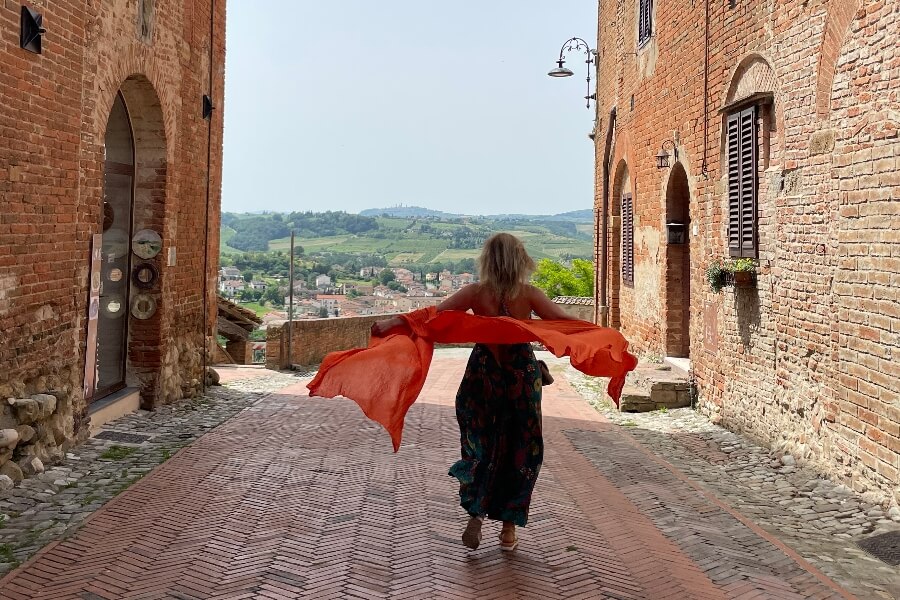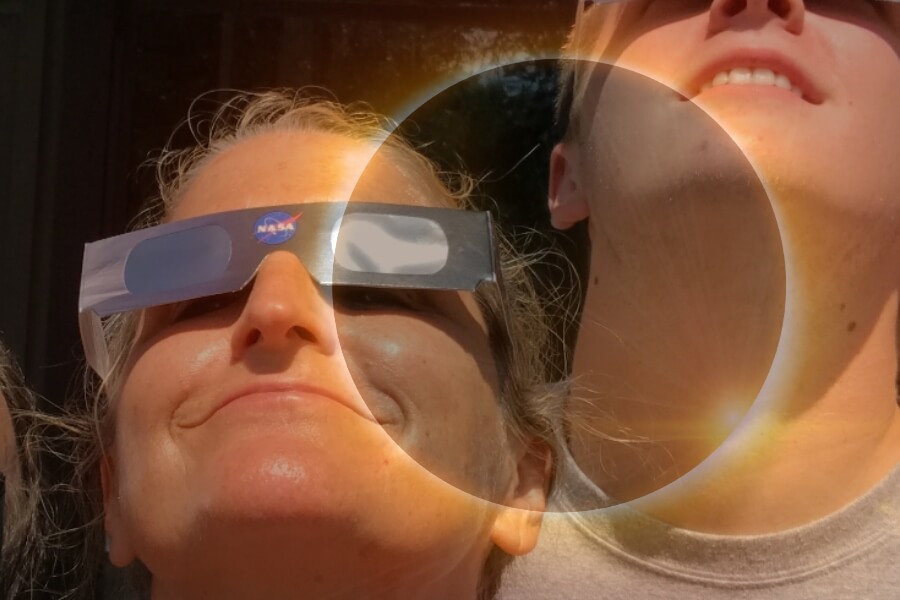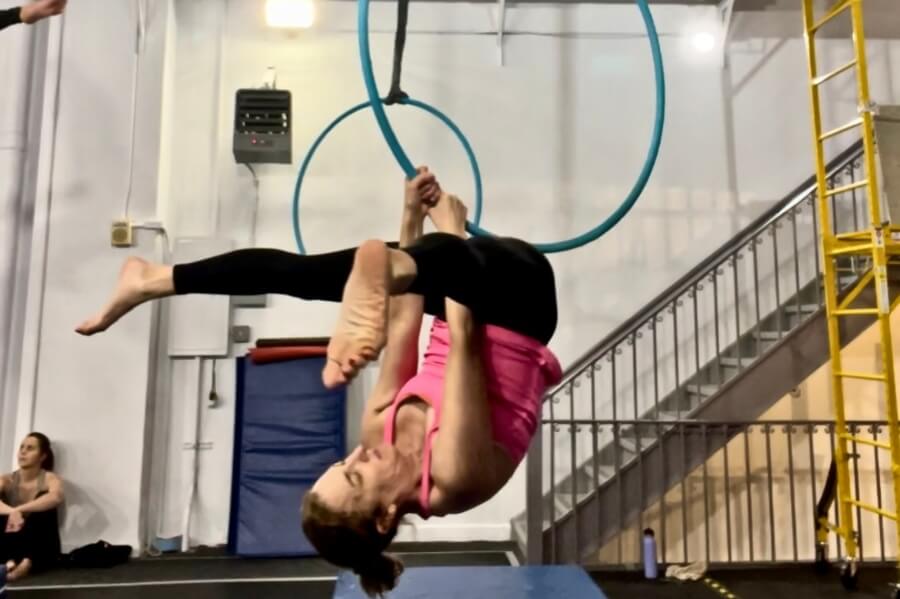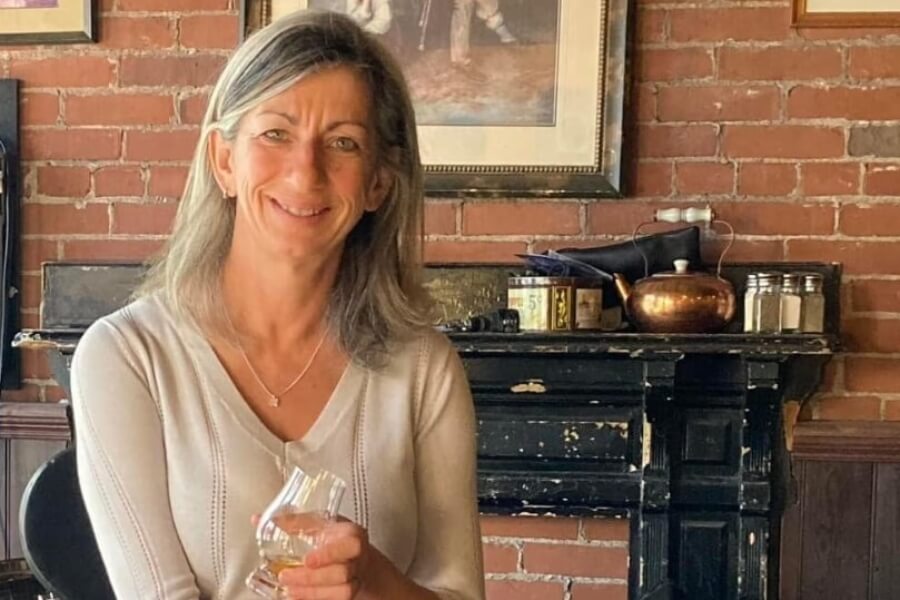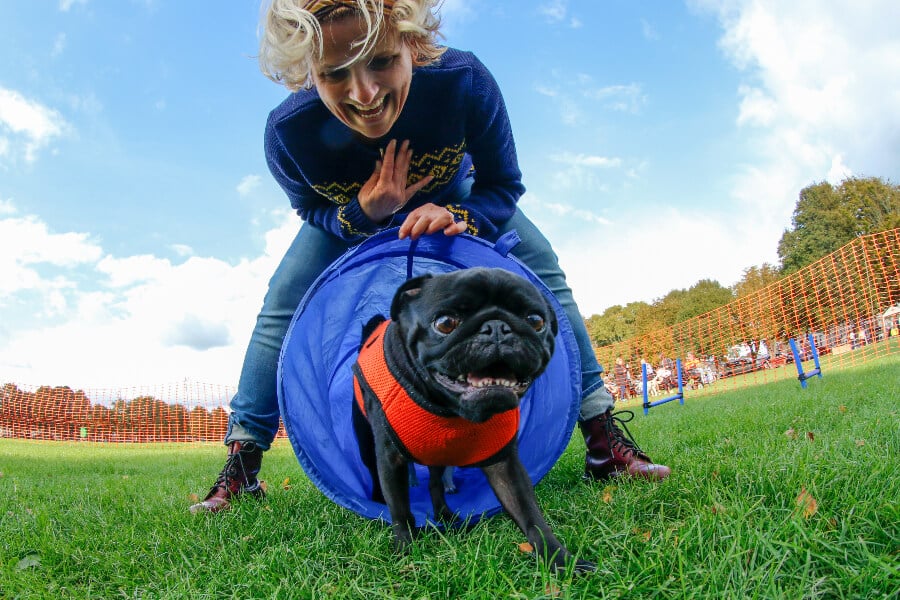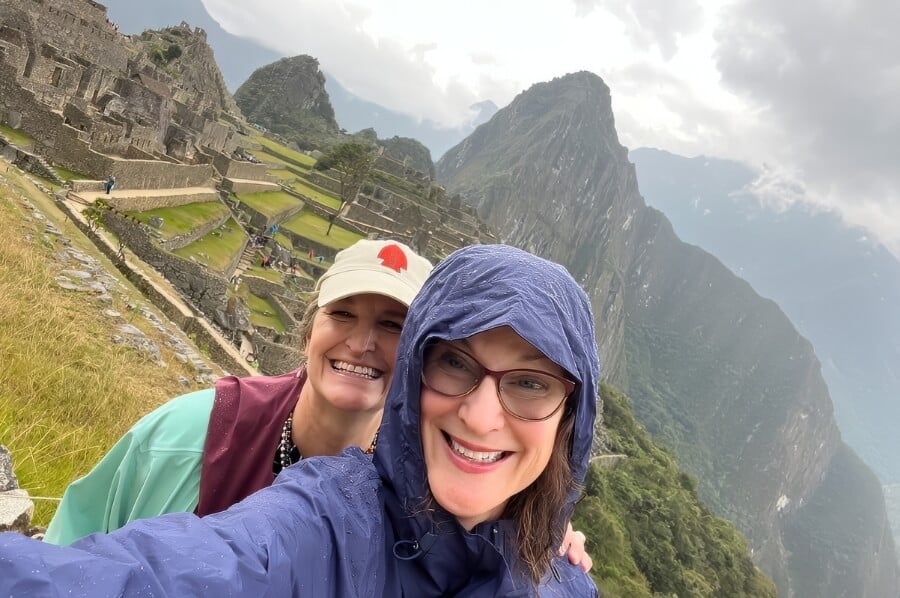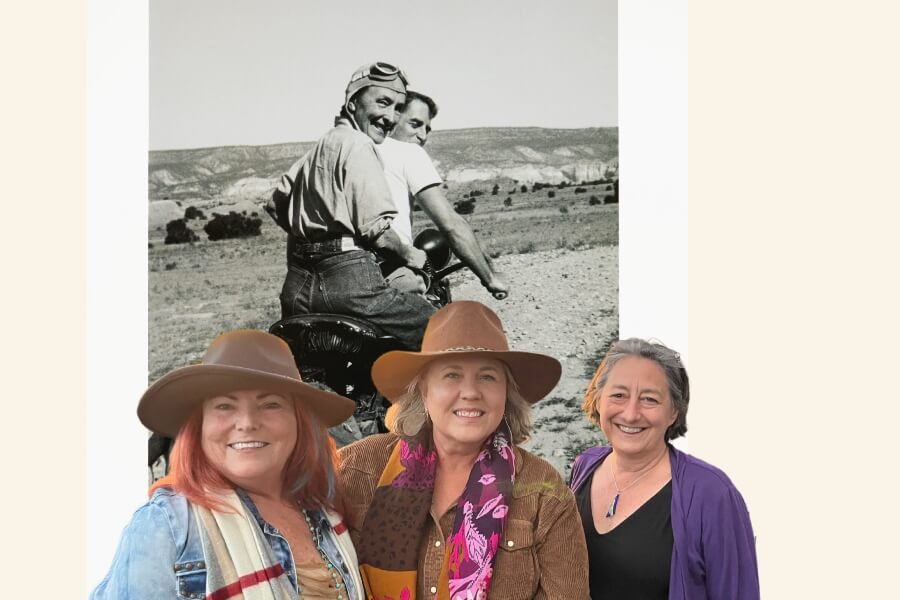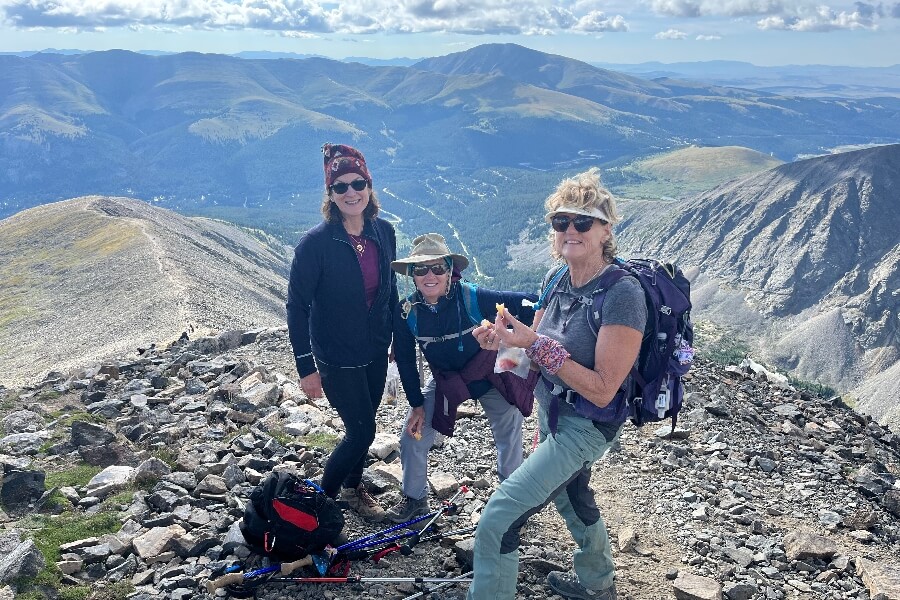Fun and Transformational Trips for Women 45+
PLUS: NextTribe Magazine
Because we know you do more than travel!
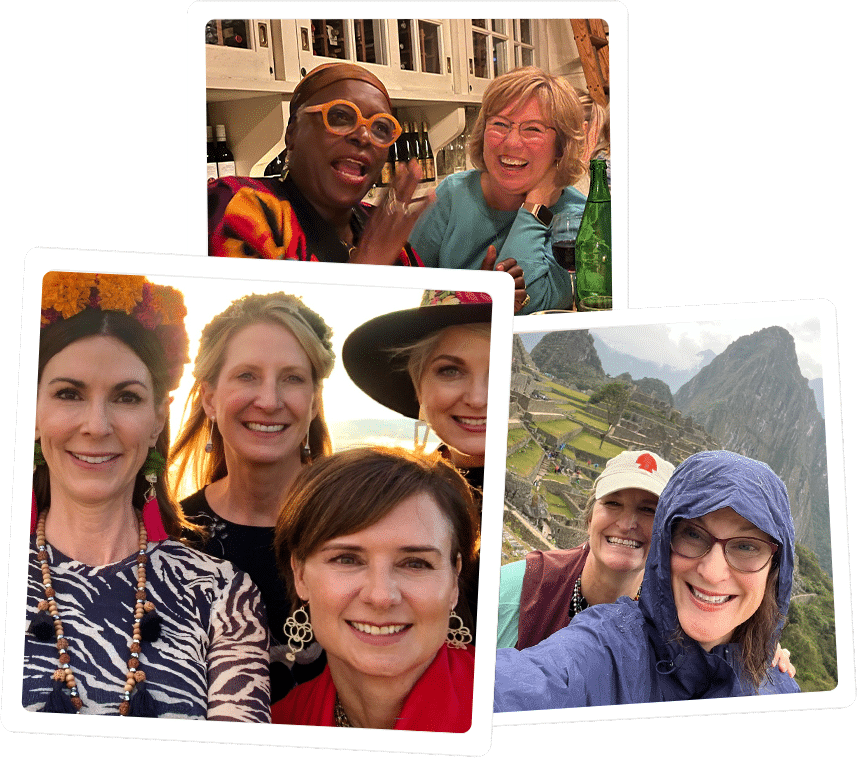
Welcome to Our Tribe
- Small group trips led by expert guides our age
- A community of bold, curious women
- An edgy magazine for engaged women
Where are we going?
Check out our glowing reviews
Does This Trip Look Good On Me?
This is how we roll
We believe in letting our hair down, and the best way to do that is with other women our age. On every trip, bonding is quick and deep as we come together with like-minded adventurers away from home.
With NextTribe’s connections, you’ll see places and meet people you couldn’t on your own. And your guide is always a friendly, worldly woman our age with local knowledge and ties.
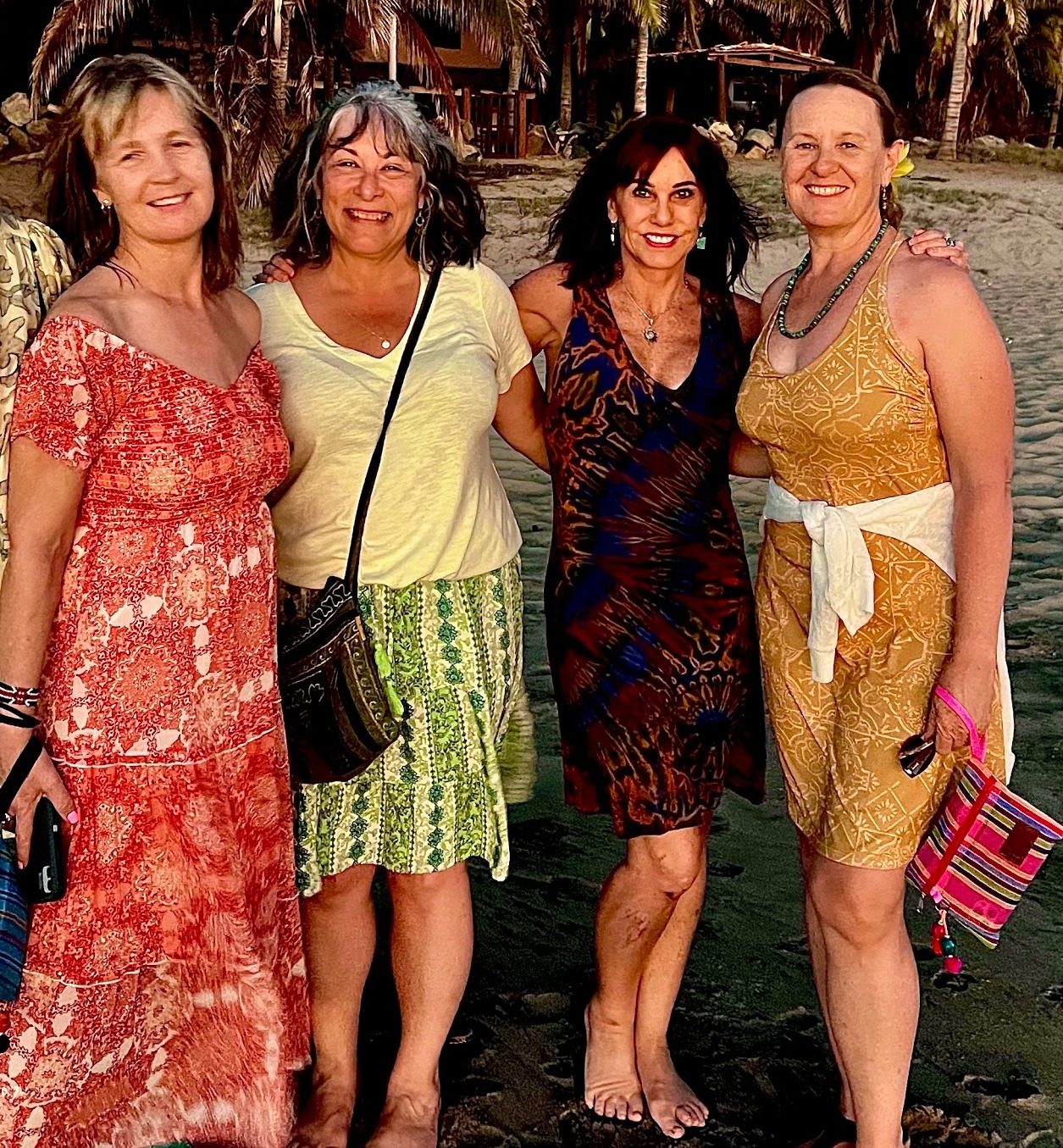
NextTribe magazine
Loading...
\Read about our past trips
12 NextTribers tested themselves on the most challenging and rewarding route to see one of the Wonders of the World. In 2024, you can too.
On our trip to Santa Fe last month, the artist's spirit permeated our days as we embraced the landscape and people that inspired her.
Why did nine NextTribers climb a 14,000-feet mountain in Colorado? Because it was there. Ellesor Holder reports from thin air.
Our partners



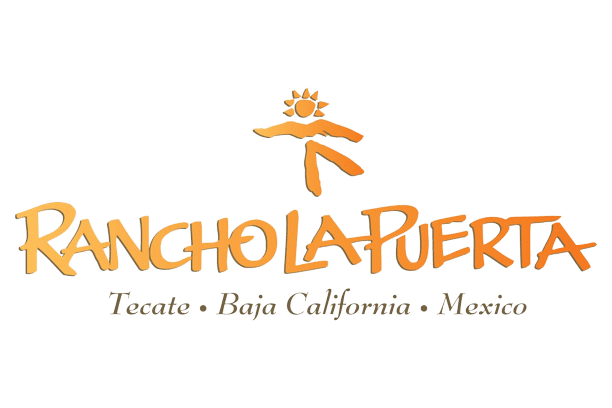

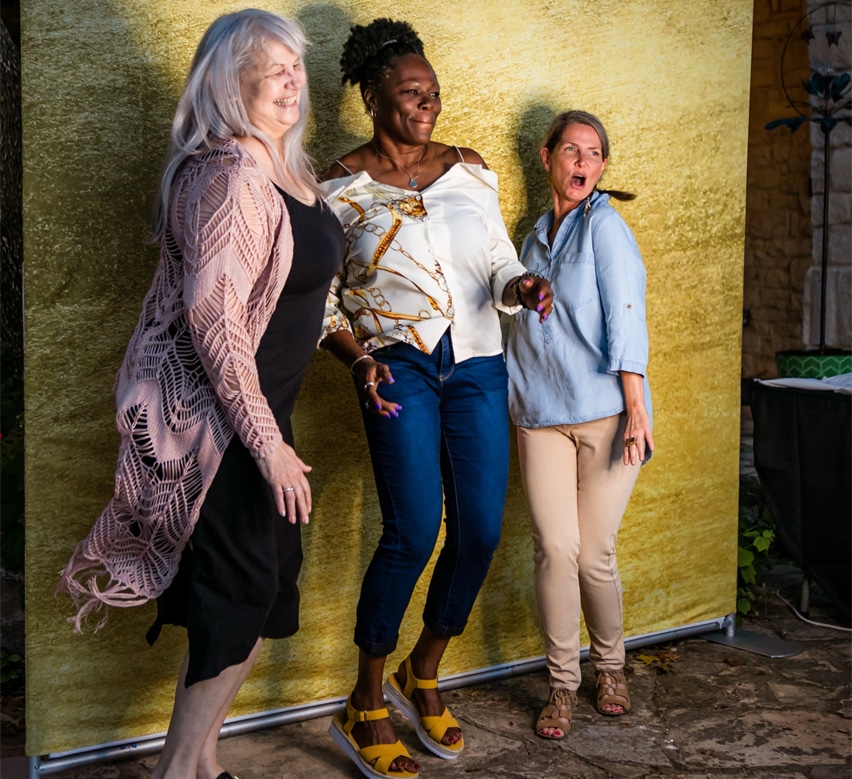
Member benefits
In her own words
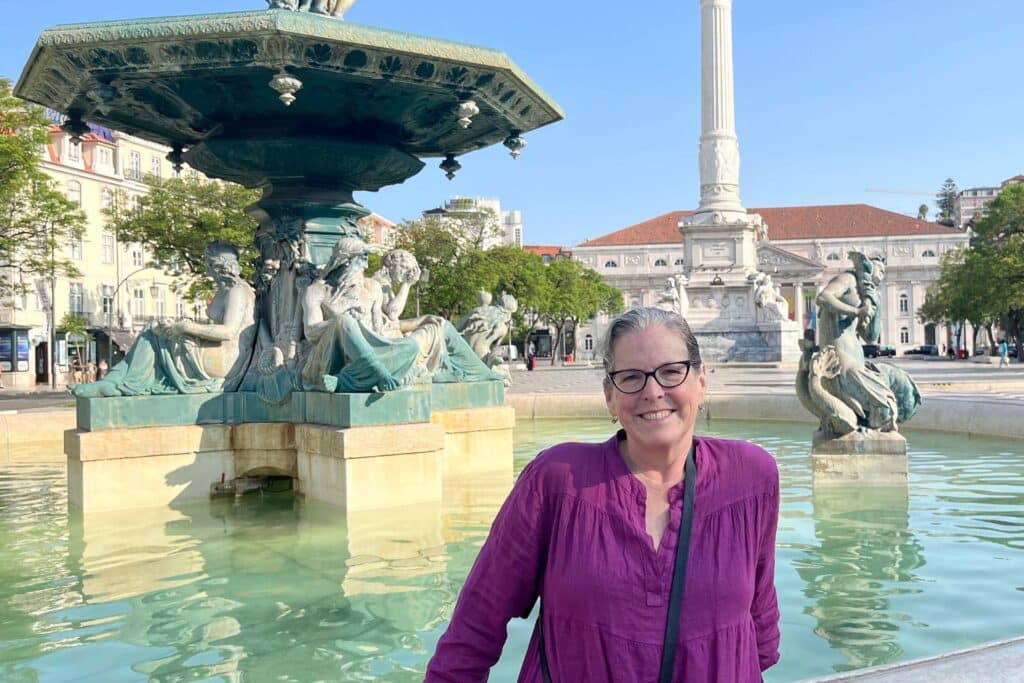
Real numbers
2017
Year founded
14
Destinations/year
4.8 
Average Trip Rating
Frequently asked questions
What’s NextTribe all about?
For most of history, women past child-bearing years were basically put out to pasture. This was happening even in our mothers’ time. We call bullshit on that. We believe we are at a peak in so many ways and are devoted to helping women our age live the richest, most kick-ass lives possible.
We do that by informing, promoting and connecting women–through our magazine, through our member community and through the transformative experiences of travel.
What’s different about your trips?
Where do you go?
We have a wide range of weekend jaunts here in the U.S. for those who want a quick getaway. We also love taking women to Mexico, where founder Jeannie Ralston used to live. We’re always talking about pushing boundaries, and we’re doing that in the geographic sense too.
For those with more time, we offer trips all over Europe, to India, Vietnam, Peru (for a hike on the inca Trail to Machu Picchu). Soon, our travelers will be getting passport stamps in even more countries on six continents. Be saving those frequent flier miles!
What is the price range of your trips?
We are committed to providing what we call “affordable-luxury” travel. Don’t expect
the Four Seasons, but who wants to stay in a gilded bubble anyhow? We always look for good value and offer wonderful hotels and memorable experiences that won’t break the bank and will get you closer to how locals live.
Our prices depend on the length of the trip and the destination. We offer domestic trips for under $2,000 for a shared room, which we encourage. If you don’t have a roommate we will match you with someone. Sometimes this has resulted in lasting friendships with new travel buddies.
Some of our longer trips–two weeks in India or Vietnam, for example–will cost between
$4,800 and $6,000. Every so often, we offer special trips, such as a two-week safari in Africa to see gorillas, chimps and other wildlife, that range up to $10,000.
Why would I want to become a member of NextTribe?
First, if you’re a traveler, this is pretty much a no-brainer. Your annual membership fee is more than covered by a $100 member discount on all our trips. Plus, there are other important benefits, such as hearing about new trips before they’re released to the public and getting room upgrades if they’re available.
You also get the chance to connect to a community of women on our own social network called TribeSocial. A world of potential new friends awaits in person, and through our online community, where you can connect with other women in your area and beyond.
What type of articles do you publish in NextTribe?
Because every woman we’ve ever met is multi-layered, NextTribe is as well. That means we touch on topics from travel, (natch), to hot flashes (ugh), to ageism (boo), to beauty and fashion (ooo la la!), to your main squeeze (wink, wink), to the triumphs of extraordinary women our age–and even those whose achievements were ignored in the past (yay!). Our editorial mission is to inform and inspire with a healthy dose of irreverence.
What do you mean by transformational travel?
For answers to more of your burning questions, click here.

